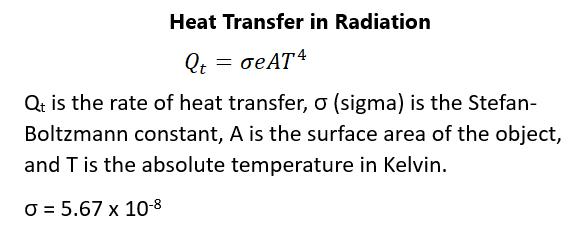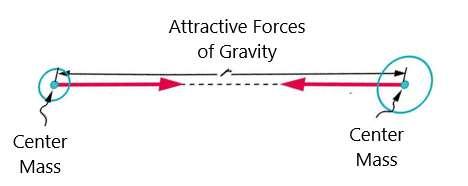times acceleration. It can apply, too, to things where the mass is changing, as in a rocket that loses mass as it expends fuel.
IMPULSE The actual effect of a specific force on an object depends on how long the force is acting on the object as well as the magnitude of the force. Small forces would have to act over a long period of time to cause the same change in momentum as a large force. The concept of this from a physics perspective is the change in momentum. This is the force multiplied by the change in time. This change in momentum is referred to as “impulse”. It is the average net force multiplied by the time the force acts. While you may not have heard of impulse, you intuitively understand how it works. Things like dashboard padding in a car and airbags allow the net force to act over a much larger square area and over a longer period of time when the vehicle has a sudden stop. The force to bring the occupant to a stop will be less if it acts over a larger period of time. Longer collision times will equal decreased force applied. This is why racing cars are made to collapse versus being rigid; the impulse to the drive is less when the automobile crashes. So far, you have determined that force, acceleration, and momentum are vectors. Because of this, impulse is also a vector. If something strikes a wall with a certain velocity directly versus at an angle to the wall, there will be a difference in the impulse because the force on the wall will be different. This will lead to a difference in the impulse on the wall. One issue that comes to mind is that forces are not usually constant. Forces can vary over time so that you need to get some type of average effective force that produces as close to the same result as a time-varying force as possible. Figure 38 shows the force varying over time for a ball that bounces off the floor.
94




































































